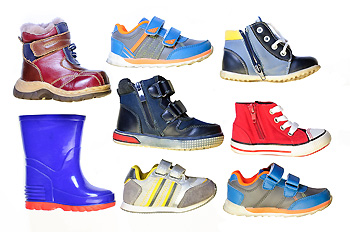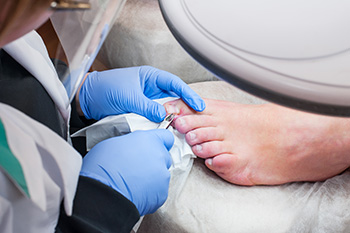


Removing an Ingrown Toenail
Removing an Ingrown ToenailAn ingrown toenail occurs when the edge of a toenail grows into the surrounding skin, causing pain, redness, and swelling. Common causes include improper nail trimming, tight footwear, or trauma. When conservative measures fail, a podiatrist...
Preventing Foot Problems Caused by Running
Preventing Foot Problems Caused by Running Running is an excellent exercise, but it can lead to various foot problems. Blisters are common, usually caused by friction from wearing ill-fitting shoes or socks. Toenail damage, including bruising or loss, can result from...
Blisters Between the Toes
Blisters Between the ToesBlisters between the toes are often caused by friction, moisture, or infections. They can be painful and make walking uncomfortable. Symptoms include redness, swelling, and fluid-filled pockets that may burst and cause irritation. Among the...
Conquering Athlete’s Foot
Conquering Athlete’s FootAthlete’s foot is a fungal infection that impacts most people at some time during their lives. Athlete’s foot is caused by dermatophytes, fungi that invade the skin and thrive in damp or sweaty environments. It typically appears between...


